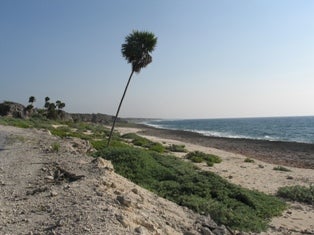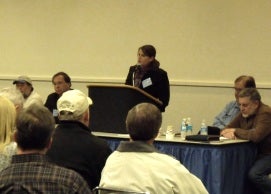The track record for catch shares in fishery management is abundantly clear: better science for managers and better access for fishermen. Certainly, “science vs. catch shares” is a false choice – catch shares provides the best chance to achieve high-powered science while getting fishermen back on the water and back to work.
Here’s why.
Science in Fisheries Management
Irrespective of the type of management being used, federal law and regulations require that fishing levels be set to both prevent overfishing and rebuild overfished stocks, based on the best available scientific information. The total fishing mortality for all fishing sectors (commercial, charter boats and private anglers), including both landed and discarded dead fish, cannot by law exceed “overfishing limits” identified by fisheries scientists.
Two kinds of information are used to assess fish stock conditions and set the overfishing limits, fishery-independent data (collected directly by scientists to judge stock conditions), and fishery-dependent data (sampling of fish caught by fishermen, and affected by the fishing mechanism and regulations, typically using catch monitoring or catch accounting methods). Each type provides different, valuable information about what’s out there, and what is caught.
When there are lots of data of both types, and they are collected using robust methods, the uncertainty in the biology is greatly reduced and we have a much better understanding of what’s happening. When data are poor in one or both categories, there is a higher level of biological uncertainty, and less confidence that managers understand what’s really occurring in the fishery.
Under federal regulations, biological uncertainty must be subtracted from the overfishing limits to create lower “allowable biological catches” that cannot be exceeded by managers.
In addition, there is often considerable uncertainty in estimating how a proposed management system will work to achieve allowable biological catches. Management uncertainty (how well management measures like bag limits, size limits, closures, or catch shares perform in actually hitting management targets) must be subtracted from allowable biological catches in setting “annual catch limits” for fisheries or fishing sectors.
Thus, all types of uncertainty must be accounted for. The greater the total uncertainty, the lower the allowable catch levels can be—and the less fish for fishermen to catch, for any given stock condition.
Finally, the levels of fishing allowed for overfished stocks are also set based on how fast those stocks are able and required to rebuild. In nearly every case, the regional fishery management councils have allowed the longest legal rebuilding time, with the lowest allowable probability of actually rebuilding, given the biological uncertainty involved (50% probability, established in the courts and now by regulation), and the highest legal landings, even though that slows down rebuilding. Read More











 Southeast fishermen recently finished the first month of closures on many popular fish. Many fisheries won’t open again for several months and reality is sinking in across the region.
Southeast fishermen recently finished the first month of closures on many popular fish. Many fisheries won’t open again for several months and reality is sinking in across the region.
